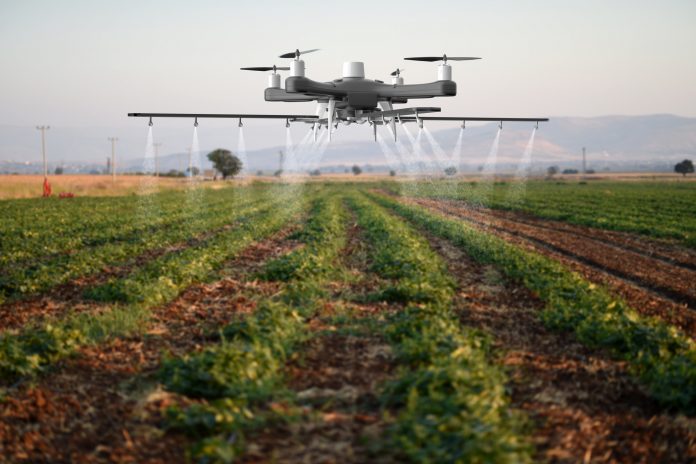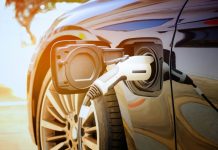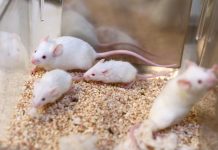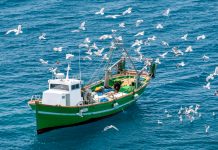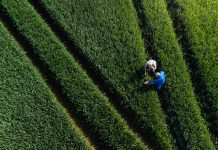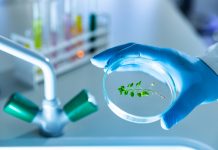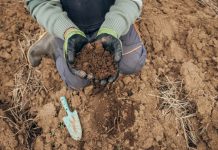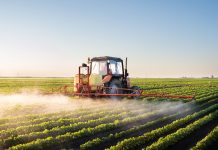Farmers seek to optimise crop yields to ensure food security and economic stability. In pursuit of this goal, AI drones are emerging as game-changers
These uncrewed aerial vehicles, equipped with artificial intelligence, offer a novel approach to enhance crop yield predictions and revolutionise farming practices.
Bridging science fiction and reality
In agricultural research, automation has ushered in a new era of innovation, aligning with the futuristic vision of a post-scarcity world. Researchers are pioneers of this shift, including those from the University of Tokyo, who have unveiled a predominantly automated system to improve crop yields.
This advancement benefits farmers and lays the groundwork for plans capable of direct crop harvesting.
The complex simplicity of AI drones
Associate Professor Wei Guo, from the Laboratory of Field Phenomics emphasises the complexity behind the seemingly simple concept. Knowing the precise moment to harvest crops minimises waste, benefiting farmers, consumers, and the environment. Yet, predicting optimal harvest times demands intricate knowledge of each plant, a task impractical for humans.
This is where AI drones step in.
Harnessing drone technology
Guo’s interdisciplinary background in computer science and agriculture uniquely positions him to explore the synergy of cutting-edge hardware and software in agriculture.
His team’s breakthrough demonstrates that affordable drones equipped with specialised software can capture and analyse young plants, such as broccoli, accurately forecasting their growth characteristics. Remarkably, these drones operate autonomously, reducing labor costs significantly.
Precision for prosperity
The economic impact of timing on harvests is astounding; a mere one-day deviation from the optimal harvest time can result in farmers losing 3.7% to a staggering 20.4% of potential income. However, Guo’s system offers a solution.
Drones meticulously identify and catalog each plant in the field, generating easily comprehensible visual data for farmers. With drones and computers becoming more affordable, a commercial version of this system becomes increasingly accessible to farmers worldwide.
Overcoming challenges with AI and big data
The primary challenge faced by Guo’s team lies in image analysis and deep learning. While acquiring image data is straightforward, compensating for factors like wind-induced plant movement and changing lighting conditions proved arduous.
Training the system requires an extensive effort in labeling various image aspects that drones might encounter. Moreover, handling the massive data throughput, often reaching trillions of pixels, posed a formidable task—exceeding the capacity of even high-end smartphone cameras.
In the relentless pursuit of maximising crop yields, AI drones represent a beacon of hope for farmers worldwide.
By harnessing the power of technology, agriculture is taking a significant step towards greater efficiency and sustainability, bringing us one step closer to a future where machines support human needs and secure our food supply.


